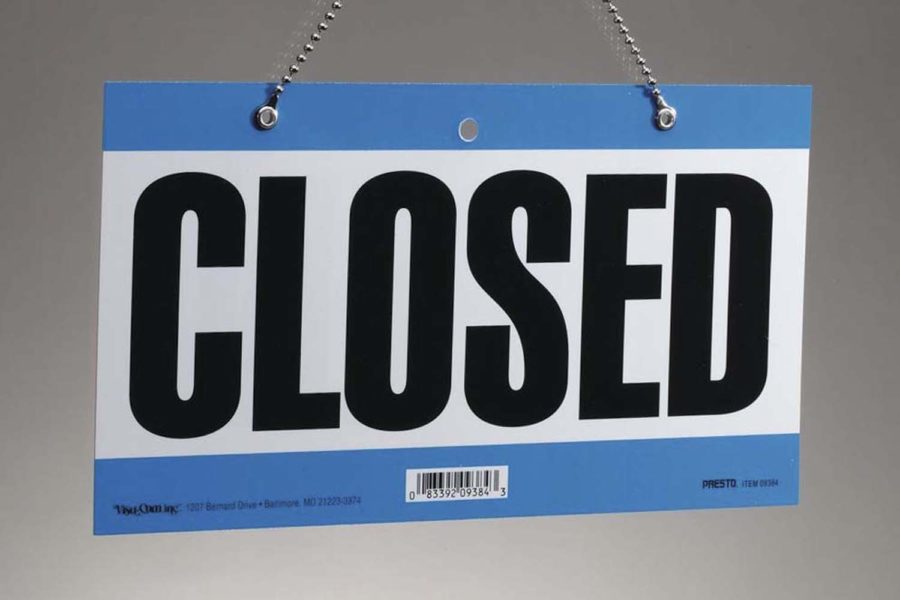Editorial | Everyday is Labor Day
Many workplaces are closed on Labor Day.
September 2, 2019
Yesterday, as in Labor Days past, banks, schools and all other government organizations closed for the holiday — though many individual business employees and freelancers continued working because of corporate decisions or out of necessity.
In many ways, working on Labor Day seems to contradict the core values of the holiday. Since the Labor Day’s establishment in 1894, labor itself has evolved into something more complex than simply the unionization of nine-to-five white-collar workers and advocacy for safe working conditions.
It isn’t practical for everyone to take a day off to celebrate Labor Day anymore, nor do many schedules leave room for an extra day of no work. While we should continue to honor past and current laborers, we also need to start thinking of Labor Day as an opportunity to begin talking about the new types of labor in today’s society and the stressors they have introduced — and also how they need to be discussed year-round.
The job market seems to be as unpredictable and fragile as ever right now. AP News concluded in January 2019 that a quarter of United States workers are at risk of having their jobs replaced by specialized robots. Among those most at risk are food service workers, certain truck drivers and office workers. These industries — once promising and stable, are now unreliable.
Job displacement isn’t the only thing threatening workers either. Freelancing has been on the rise within the last decade, and the momentum doesn’t seem to be slowing. Most of the time, freelancers don’t receive entitlements, paid leave or health insurance through their place of work, since they are self-employed.
And the fastest growing occupations — with the most security — require high levels of postsecondary education, according to an extensive public policy study conducted by Georgetown University in 2018. This means that in order to obtain the most secure jobs, people will have to invest hundreds of thousands of dollars into postsecondary education. This isn’t practical for everyone, nor should it be a requirement to have a stable job.
Labor Day is an ideal time to begin advocating for people affected by these issues. This includes efforts to retrain displaced workers, or workers who are at a high risk for being displaced. Supporting programs like The Workforce Innovation and Opportunity Program, which are designed to provide quality employment opportunities and training in new skills for displaced workers, is a good start. There’s also the opportunity to open a conversation about freelancing rights, and read up on the Freelancers Union — a union group that supports and helps insure freelancers. Pushing the de-stigmatization of alternatives to attending college, whether it’s enrolling in a trade or technical school or entering the workforce straightaway, is also a necessary move as our economy shifts.
But helping these issues gain attention is only plausible if we continuously talk about it, not just express interest one day a year. Supporting the union and educating freelancers on their rights is a step toward security. In order to initiate this change, the advocacy needs to happen year-round, whether it’s contributing to online discussions or sharing information about what workers can do to protect their livelihoods.
The history of Labor Day is important, but advocating for the future of American labor is absolutely vital. This is the job industry that we will be part of for a majority of our lives.



